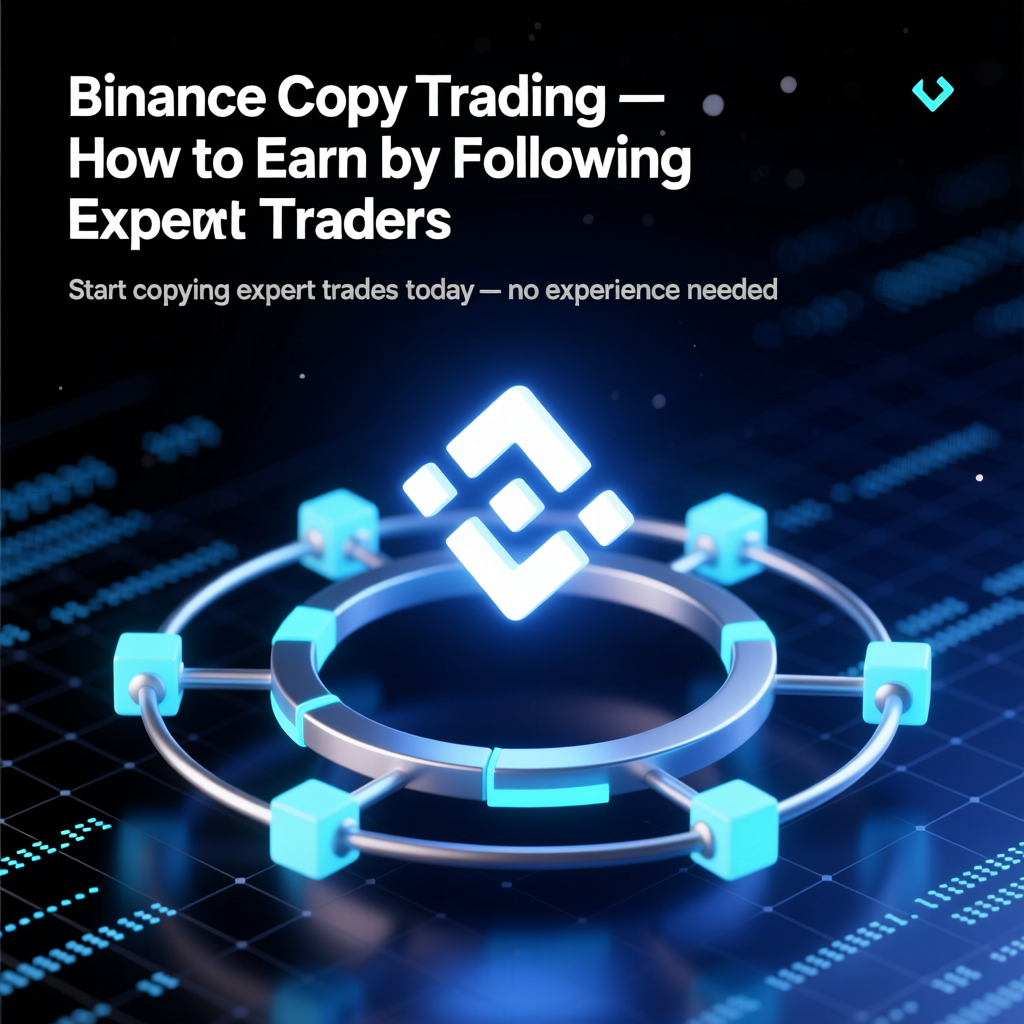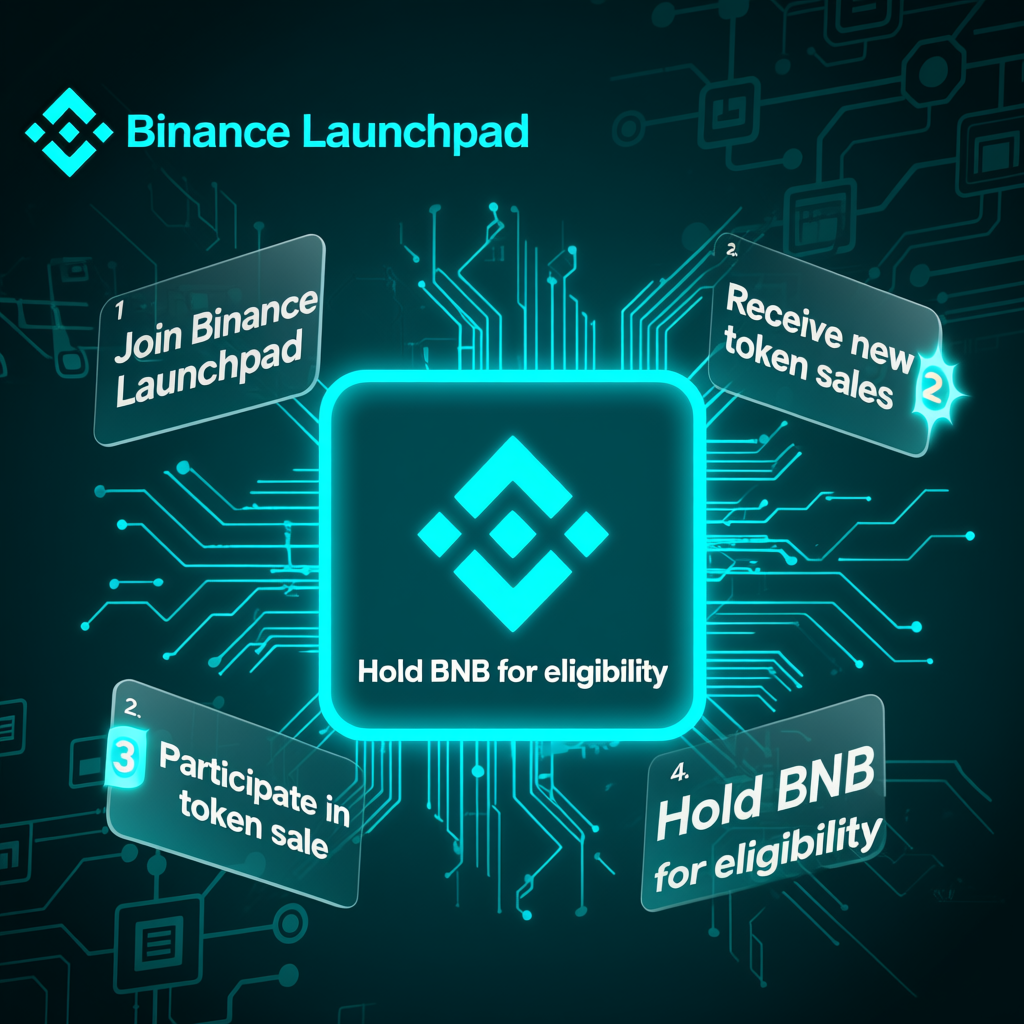If you want to take your crypto trading beyond spot markets, Binance Futures offers a powerful way to profit from both rising and falling prices. However, leverage trading can be risky if not done properly.
“`htmlYour Red Packet Code is Ready!
Support us by viewing this ad:
Thank You for Supporting Us!
Please view this 5-second ad:
Code Countdown
In this guide, you’ll learn how Binance Futures works, how to open your first futures position, manage risk, and trade safely using leverage — even if you’re a beginner.
What Is Binance Futures?
Binance Futures is a trading platform that lets you buy or sell cryptocurrency contracts rather than the coins themselves. You can speculate on price movements — up or down — using leverage.
For example:
- If you believe Bitcoin will rise, you open a long position.
- If you think Bitcoin will fall, you open a short position.
You can trade major pairs like BTC/USDT, ETH/USDT, BNB/USDT, and many more with up to 125x leverage.
Spot vs. Futures Trading
| Feature | Spot Trading | Futures Trading |
|---|---|---|
| Ownership | You own the asset | You trade contracts |
| Leverage | None | Up to 125x |
| Profit from fall | No | Yes (shorting) |
| Risk | Limited | Higher due to leverage |
| Market Type | Simple | Advanced |
How Does Leverage Work on Binance Futures?
Leverage means you can open a larger trade using a smaller amount of capital.
For example:
- You deposit $100
- You use 10x leverage
- You control a $1,000 position
If the market moves +5%, your profit = $50 (50% gain)
If it moves -5%, your loss = $50 (50% loss)
This magnifies both profits and losses, so risk management is critical.
Types of Binance Futures Contracts
- USDT-M Futures
- Settled in USDT (Tether)
- Most popular and easy for beginners
- Example: BTC/USDT
- Coin-M Futures
- Settled in the underlying coin (like BTC or ETH)
- Suitable for holders who want to earn more crypto
- Perpetual Contracts
- No expiration date
- Traders can hold positions indefinitely
- Quarterly Contracts
- Have fixed expiry dates (e.g., every 3 months)
- Often used for hedging
How to Start Binance Futures Trading (Step-by-Step)
Step 1: Open a Binance Futures Account
- Log in to your Binance account.
- Navigate to Derivatives → USDⓈ-M Futures.
- Complete the Futures quiz to unlock access.
Step 2: Transfer Funds to Futures Wallet
- Go to Wallet → Futures.
- Click Transfer, move USDT from Spot Wallet to Futures Wallet.
Step 3: Choose a Contract
Example: BTCUSDT Perpetual
Step 4: Set Leverage
- Click on the leverage indicator (e.g., “20x”).
- Adjust leverage (recommended: 2x–10x for beginners).
Step 5: Open Position
You can choose:
- Long (Buy) if price expected to rise
- Short (Sell) if price expected to fall
Choose Market Order for instant execution or Limit Order to set a price.
Step 6: Set Stop Loss & Take Profit
Always define your risk before entering a trade:
- Stop Loss: Closes trade to prevent big loss.
- Take Profit: Locks profit automatically.
Step 7: Monitor and Close Trade
Track your position, margin ratio, and liquidation price.
Close manually when satisfied or automatically via orders.
Understanding Key Futures Terms
| Term | Meaning |
|---|---|
| Initial Margin | Capital required to open a position |
| Maintenance Margin | Minimum balance to keep position open |
| Liquidation Price | Price at which Binance closes your trade automatically |
| Funding Rate | Fee paid periodically between longs and shorts |
| Mark Price | Fair price used to prevent manipulation |
Example Trade: Bitcoin Long with 10x Leverage
- Deposit: $100
- Leverage: 10x → $1,000 position
- Entry Price: $60,000
- Exit Price: $63,000 (+5%)
Profit Calculation:
$1,000 × 5% = $50 profit (50% ROI)
If BTC dropped 5%, you’d lose $50 (50% loss).
Risk Management Strategies
- 🧠 Use Low Leverage:
Beginners should stick to 2x–5x leverage to minimize liquidation risk. - 🧍 Never Use All Your Capital:
Keep part of your balance as reserve in case of volatility. - 🧾 Set Stop Loss on Every Trade:
Automate exits to protect capital. - 🧮 Avoid Emotional Trading:
Futures markets move fast; stay calm and disciplined. - ⚖️ Use Isolated Margin:
Limits loss to one position only (unlike Cross Margin).
Isolated vs Cross Margin
| Feature | Isolated Margin | Cross Margin |
|---|---|---|
| Risk Limit | Per position | Entire account balance |
| Safety | Safer for beginners | Higher risk |
| Best For | Short-term trades | Advanced users |
Funding Fees Explained
Perpetual contracts use funding rates to keep prices close to spot markets.
- If Funding Rate > 0, longs pay shorts.
- If Funding Rate < 0, shorts pay longs.
Funding occurs every 8 hours. You can check the rate before entering trades.
Advanced Tools on Binance Futures
- TradingView Chart Integration — Analyze trends easily.
- Trailing Stop Orders — Automatically lock profits.
- Multi-Asset Mode — Use other coins (like BUSD) as margin.
- API Trading Bots — Automate strategies.
Common Mistakes to Avoid
- ❌ Overleveraging (using 50x–100x too early).
- ❌ Ignoring stop loss levels.
- ❌ Trading emotionally after losses.
- ❌ Not understanding liquidation risk.
- ❌ Trading without a strategy.
Benefits of Binance Futures
✅ Up to 125x leverage options
✅ High liquidity and low slippage
✅ Advanced trading interface
✅ Auto-deleveraging system for safety
✅ Wide range of coins (100+ pairs)


Leave a Reply